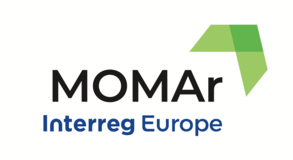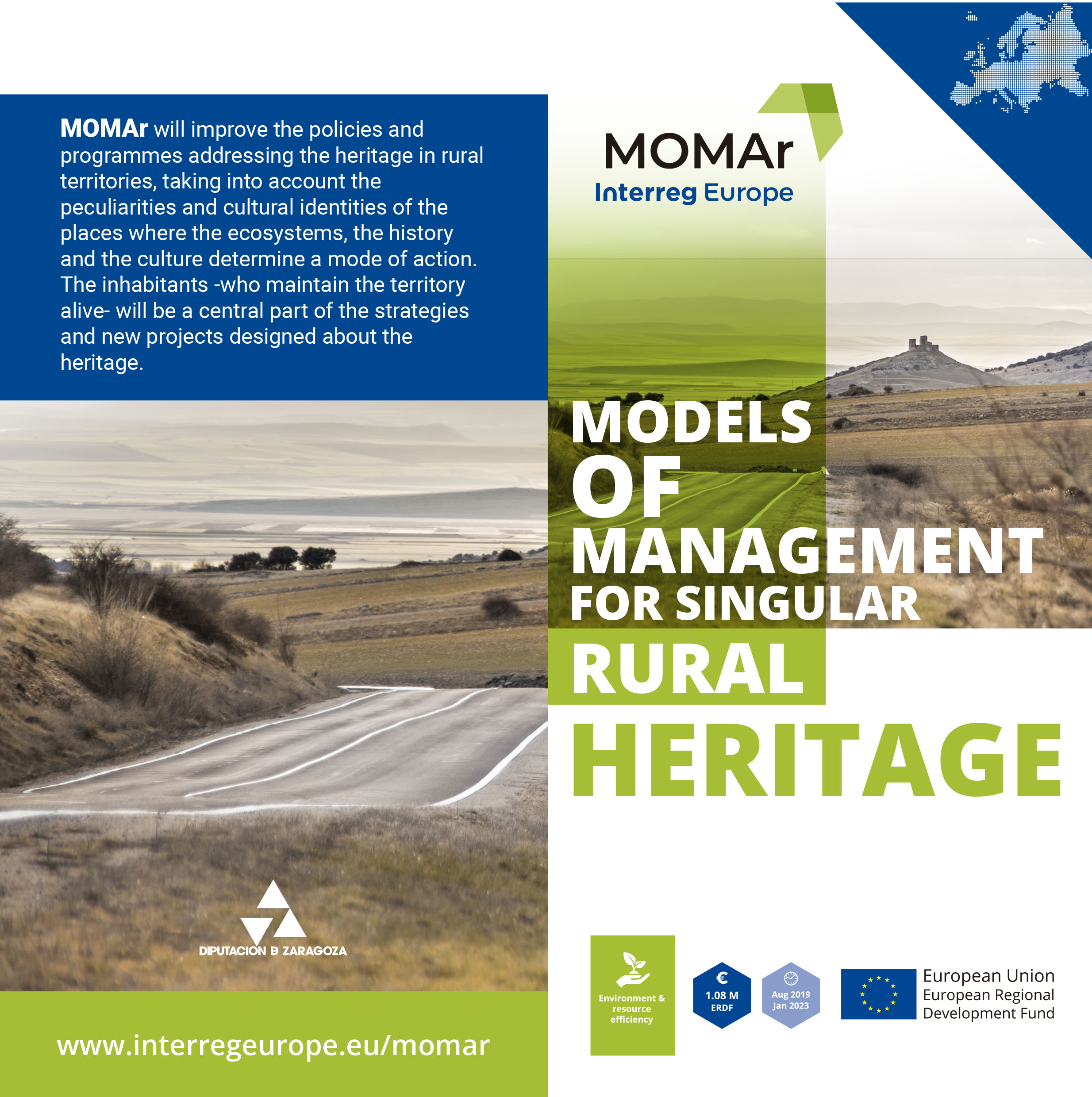For months, each partner from the five countries participating in the MOMAr project- Spain, the Czech Republic, Germany, the Netherlands, and Romania - worked hard to give shape to their Action Plans, converting the knowledge gained during the first work phase of the project into ambitious and real actions that can benefit their singular rural areas. Let’s recap!
To elaborate its Action Plan, the Province of Zaragoza focused on the important salt industrial heritage of Remolinos. In that sense, the Spanish Action Plan was inspired by different good practices, from all the partners' regions: From the Czech Republic, the renovation of an old water mill called Housa’s Mill and its transformation into a regional cultural and free-time venue, also the establishment of a complete tourism service offer in Toulava hiking area, and the transformation of a malthouse in Písek into a children’s adventure space. The fourth inspiring good practice is a project from the province of Groningen located in the factory site 'Rusthove', which aims to give a new future to industrial heritage by restoring old brick factories and finding a new use for them. From Mehedinti County, the inspiration focused on the good practice “Speoconcert”, this new concept is bringing to the public attention natural resources like Balta Cave using cultural experiences. Read Zaragoza's Action Plan.
For Mehedinti County, the MOMAr project has offered the opportunity to the county representatives and stakeholders to learn more about efficient management strategies to valorise the natural and cultural heritage of the region. The Action Plan of the county presents two initiatives, the first one being the rehabilitation of the Plesa Palace. This action was inspired by the management of the Luna’s Palace in Daroca, a study case from Zaragoza, and the series of cultural and social events at cultural heritage sites across South Bohemia called Monuments Live. The second action intended by Mehedinti County aims to digitalise the patrimony of the Iron Gates Region Museum, a very important cultural institution. The inspiration for this project came from the Roman City of Los Bañales in Zaragoza and its approach to digital solutions for the preservation and promotion of cultural heritage. Read Mehedinti County's Action Plan.
For its part, the Province of Groningen came out with the idea of implementing a Heritage Lab wto create a physical meeting place for heritage professionals and students, a project inspired further by three good practices from Aragón. The initiative “Heritage education program: Heritage is in your DNA, know it, love it and take care of it!” from the Foundation Tarazona Monumental inspired Groningen, as it showed the importance of cooperation between education and heritage professionals. The Aragonian project called “Comprehensive rural heritage management workshops” of the Master of Cultural Heritage from the University of Zaragoza also focuses on connecting students to specific rural area needs, providing useful information. The third inspiring Good Practice from Aragón is “Territorio Mudéjar: fieldwork grants for innovative research projects in Heritage Management”, a project in which heritage professionals are brought together to create a collaborative network and raise awareness about Mudéjar heritage sites. Click here to read Groningen’s Action Plan.
The Regional Development Agency of South Bohemia, the partner from the Czech Republic, also took inspiration through International Exchange of Experience Meetings, good practice examples and study visits to elaborate its Action Plan presenting the creation of a new point-of-interest for the public in former clay mines, and four good practices presented during the project have shown to be particularly inspiring. Two Romanian good practices have been an important source of inspiration: The Topolnita Cave, the preparation and organisation of music concerts in a cave, and the thematic heritage route Via Transilvanica, which links different sites for tourist and educational purposes. The action plan was also inspired by the digitalization of the St. Michael monastery in Saxony-Anhalt, and the good practice of the Roman City of Los Bañales in the Province of Zaragoza. Click here to read South Bohemia’s Action Plan.
Finally, Saxony Anhalt shared its individual Action Plan presenting a project aiming to establish a socio-cultural gathering place in Schernebeck by building a bakehouse in the town’s church. It was inspired from “Project Keykeepers'' and “the School Church Garmerwolde”, two Dutch good practices implemented by the Groningen Historic Churches Foundation. These actions pursue the overall goal of protecting, restoring and preserving the religious cultural heritage in the province of Groningen, as well as creating interest and sharing knowledge. It is also the aim of Saxony-Anhalt’s intended action. Read Saxony-Anhalt's Action Plan.












